“I think it happened there because of the light and shadow and also the way we know it’s in America within a few pages. I liked the light, white void [of the ping pong ball], a modest intervention in a place known for grandiosity; it became my alter ego in a lonely time too. It is a product of California, not about it. I did a similar thing 20 years ago as a student and never had the sense really to follow it up. I think in LA I knew I couldn’t bring anything new to the place by being straight. I found out later that even using a ping pong ball suspended in the air had already been done in the same city by [conceptual artist] John Baldessari in the late 1970s. So in the end, it was an unconscious pastiche, I suppose.”
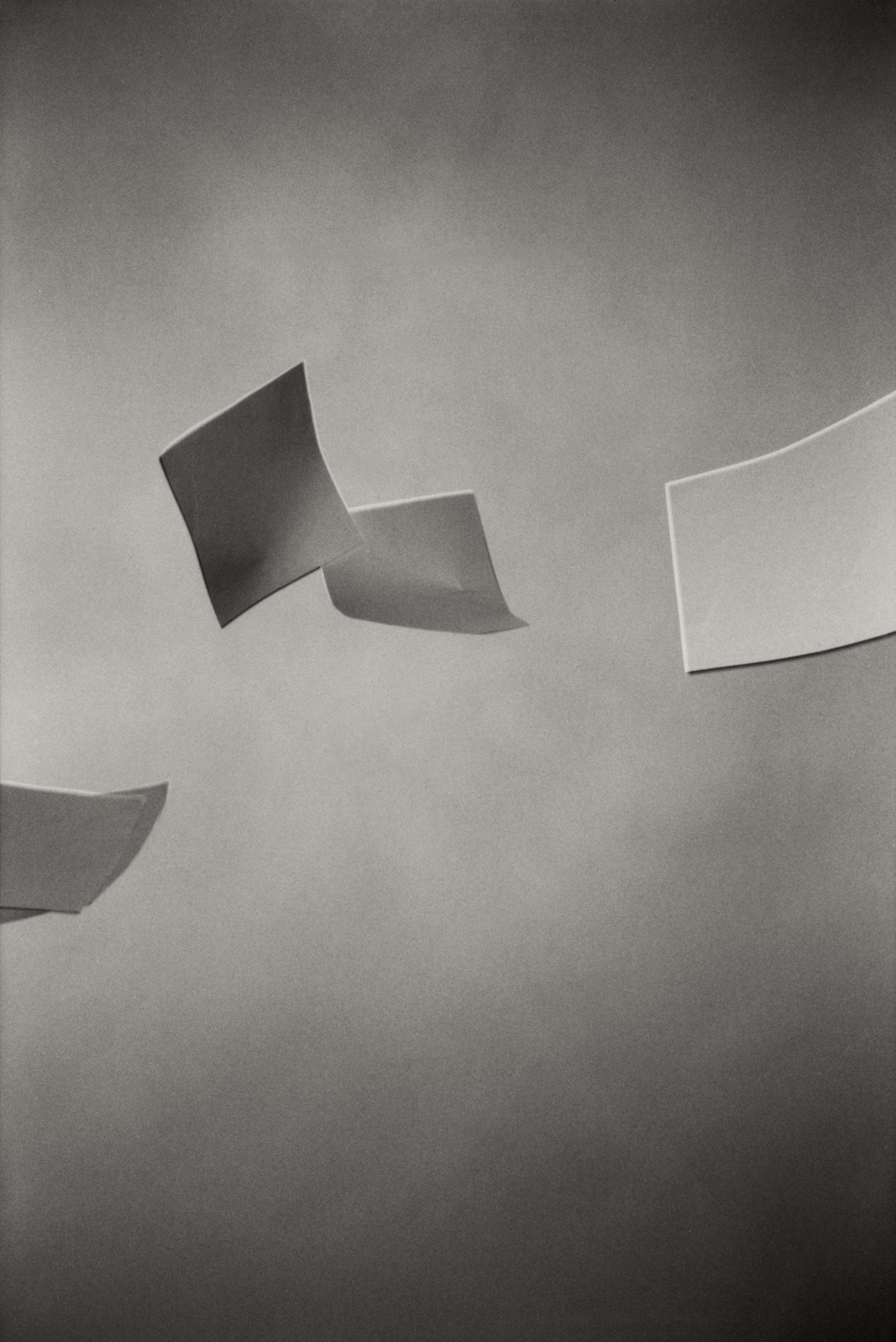
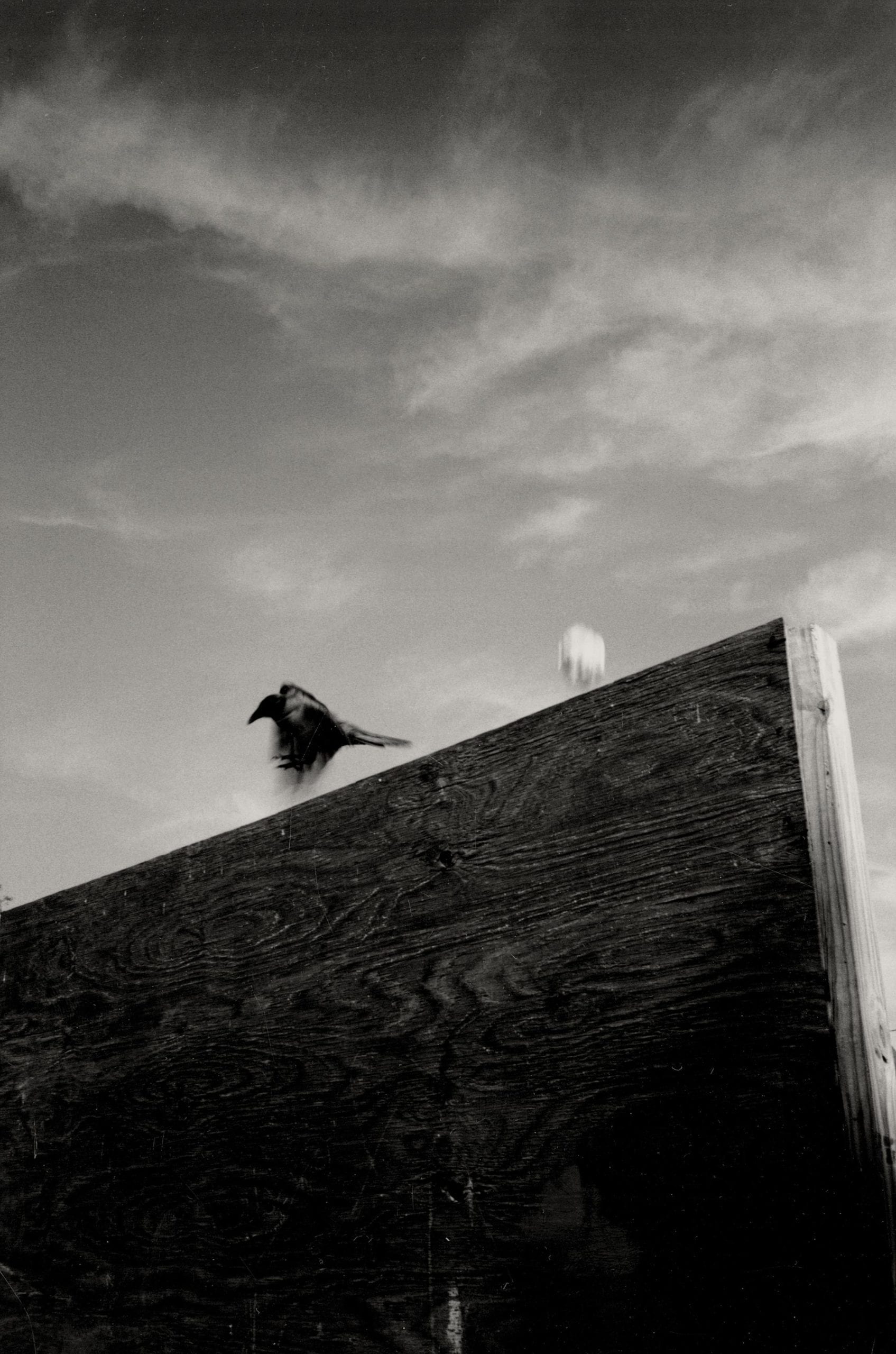
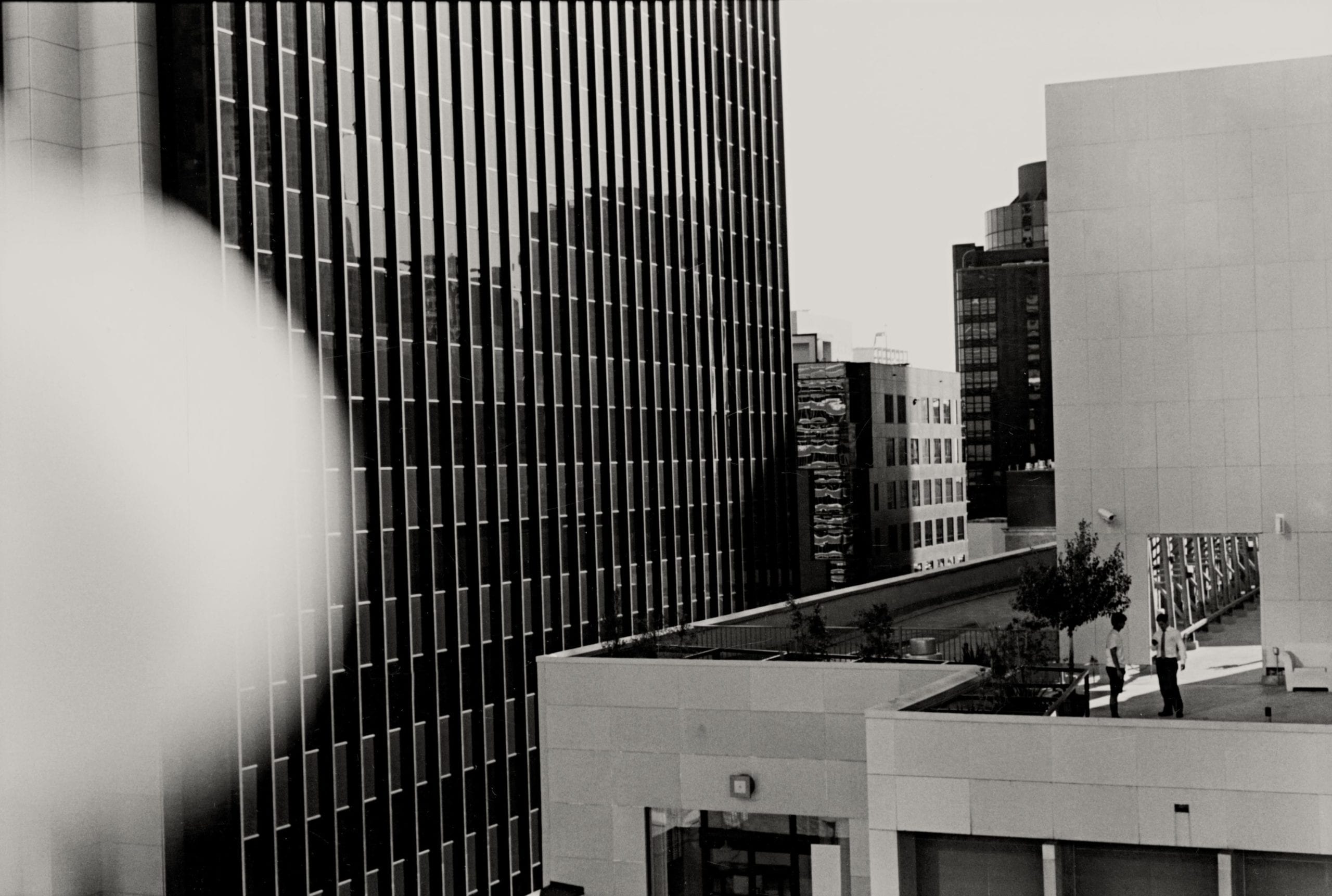
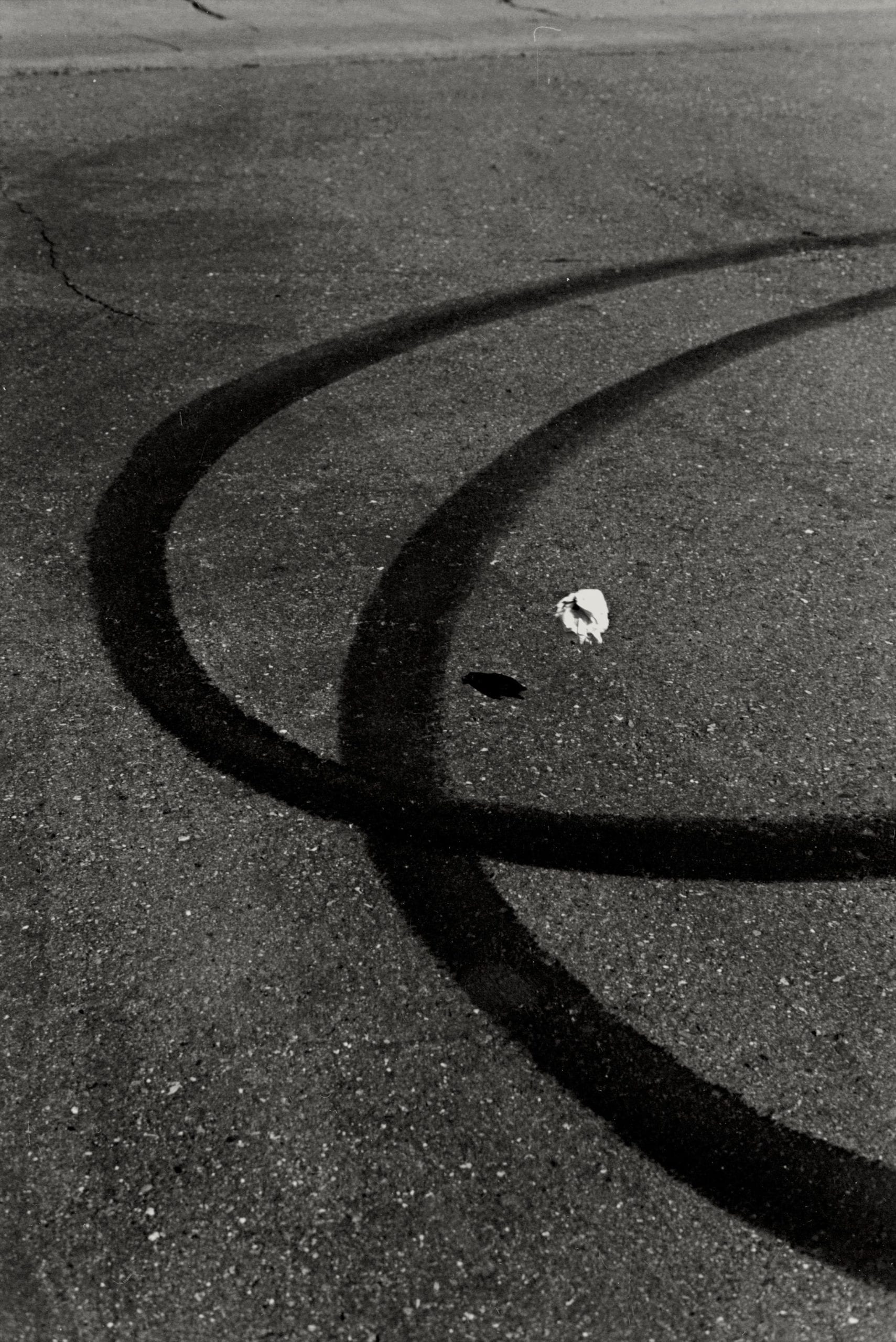
Whether something as simple as finding a few props and drifting around a strange town is the key to opening up a new field of photographic aesthetics or just a tool to unblock the ennui of Maddock’s here-and-now is unclear, but the book’s riffs on form, light and shadow exemplify the best in [William] Eggleston’s challenge to be “at war with the obvious”.
“I don’t think you ever arrive, do you?” wonders Maddock. “I mean, the landscape is shifting all the time. I want my previous work to look better as time passes, but I’m not in control of that now. So, I hope my best work is ahead of me. The limitations of certain approaches, or photography in general as a medium, has to be one of our ongoing concerns. This doesn’t mean I’m not interested in the way I worked before, but that I want to evolve it, to keep the hunger – the eye of the tiger!”
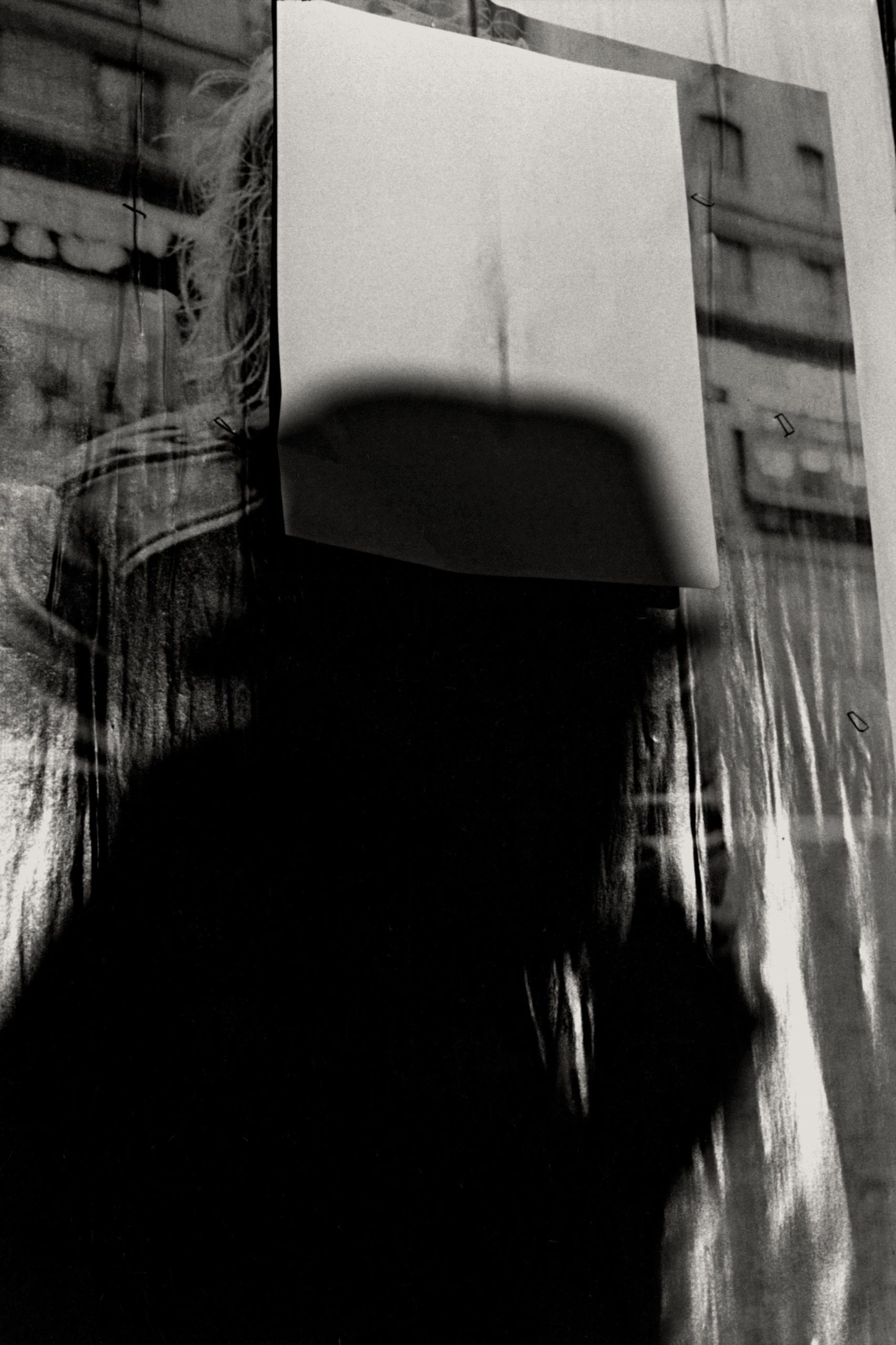
First published in the May 2014 issue. Subscribe to British Journal of Photography and get the best contemporary photography delivered to your door every month.
